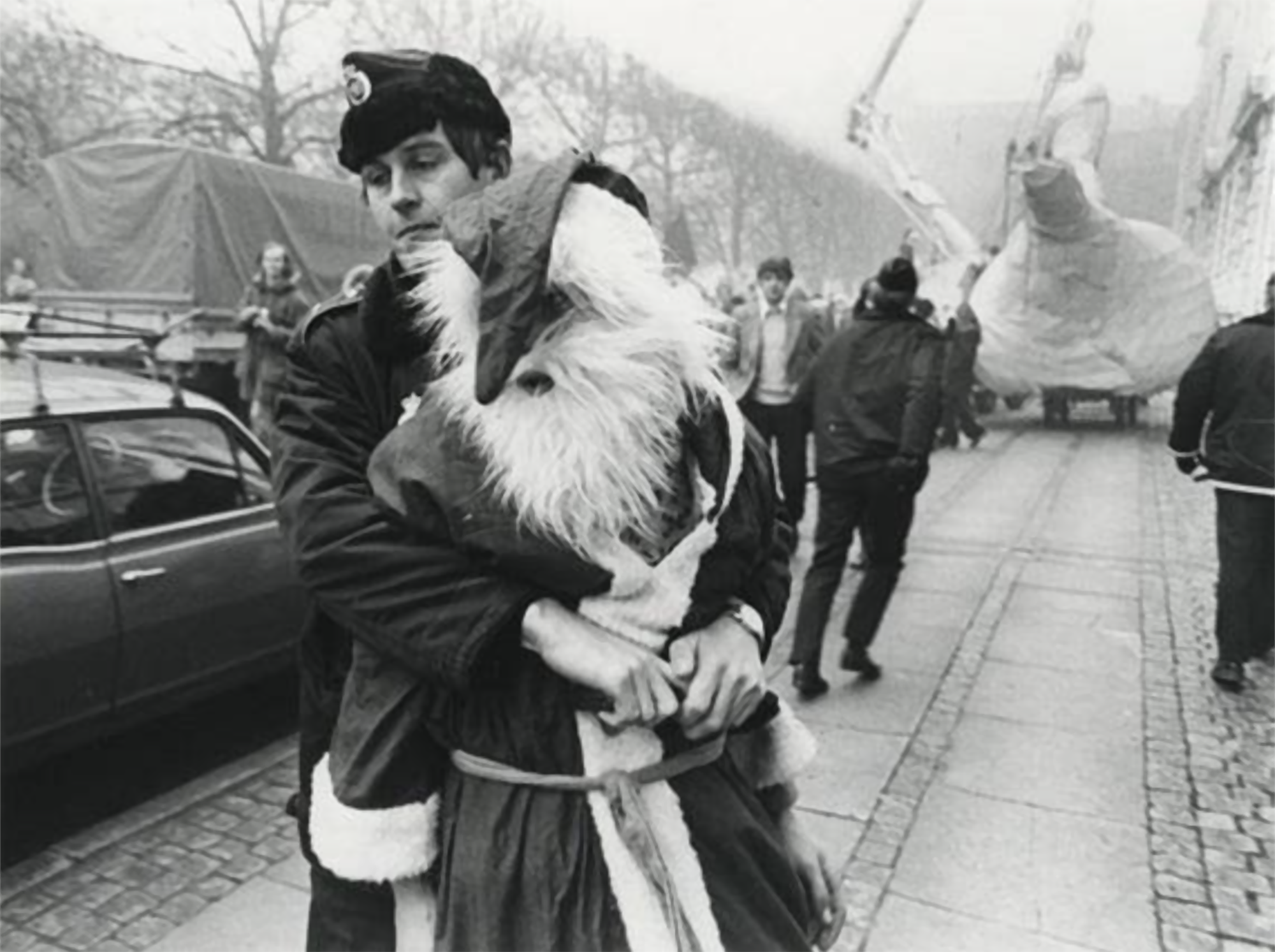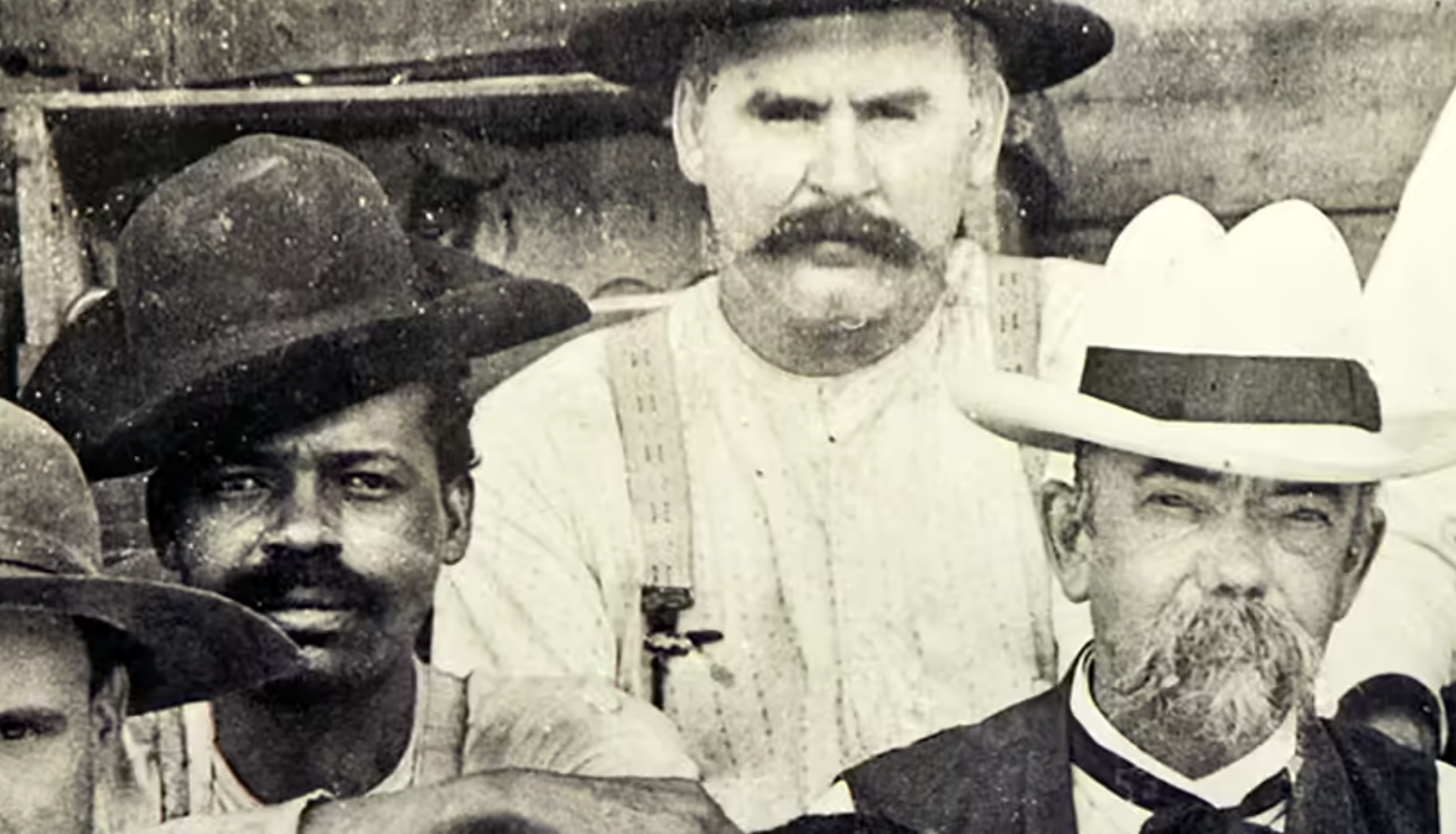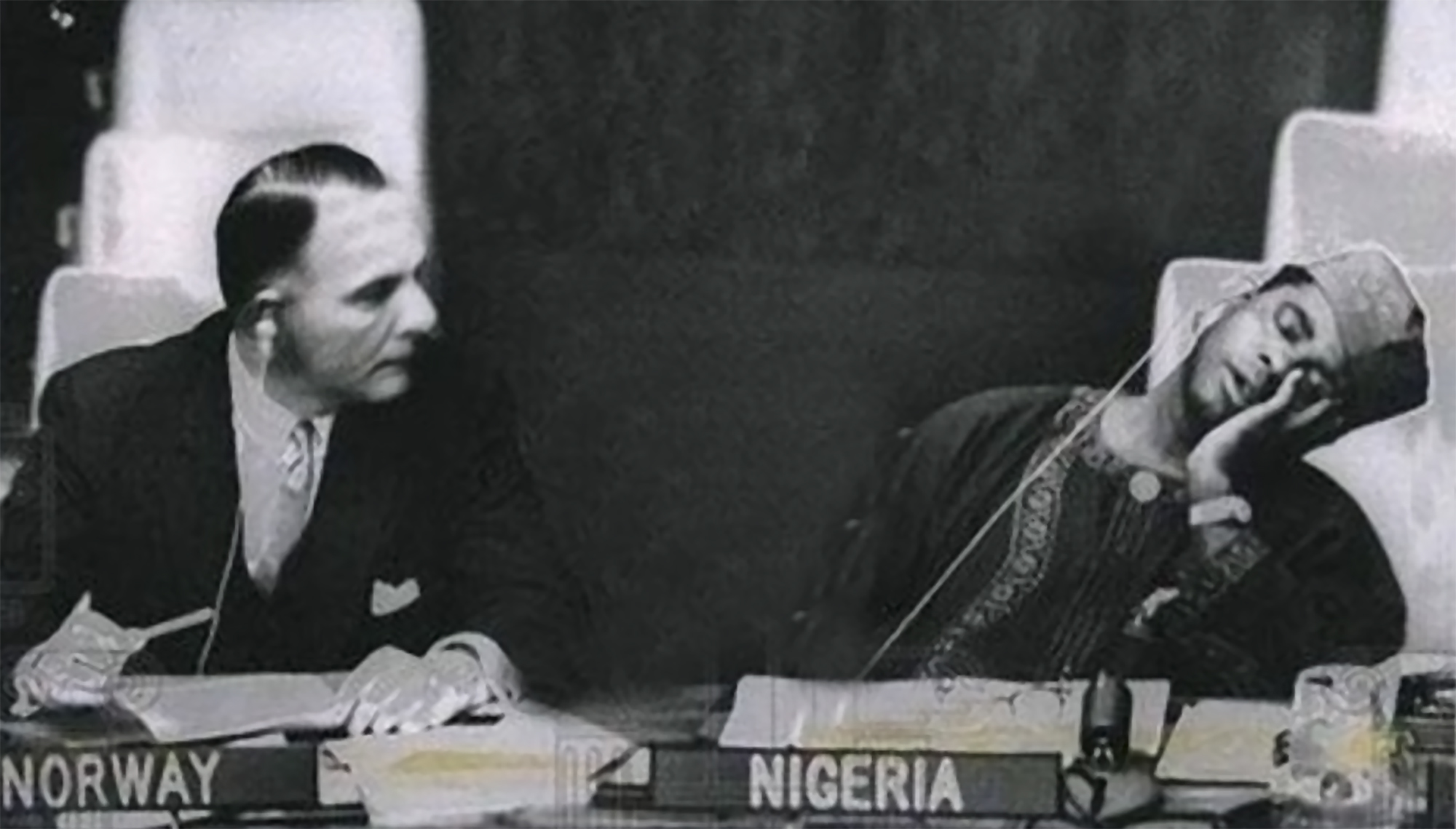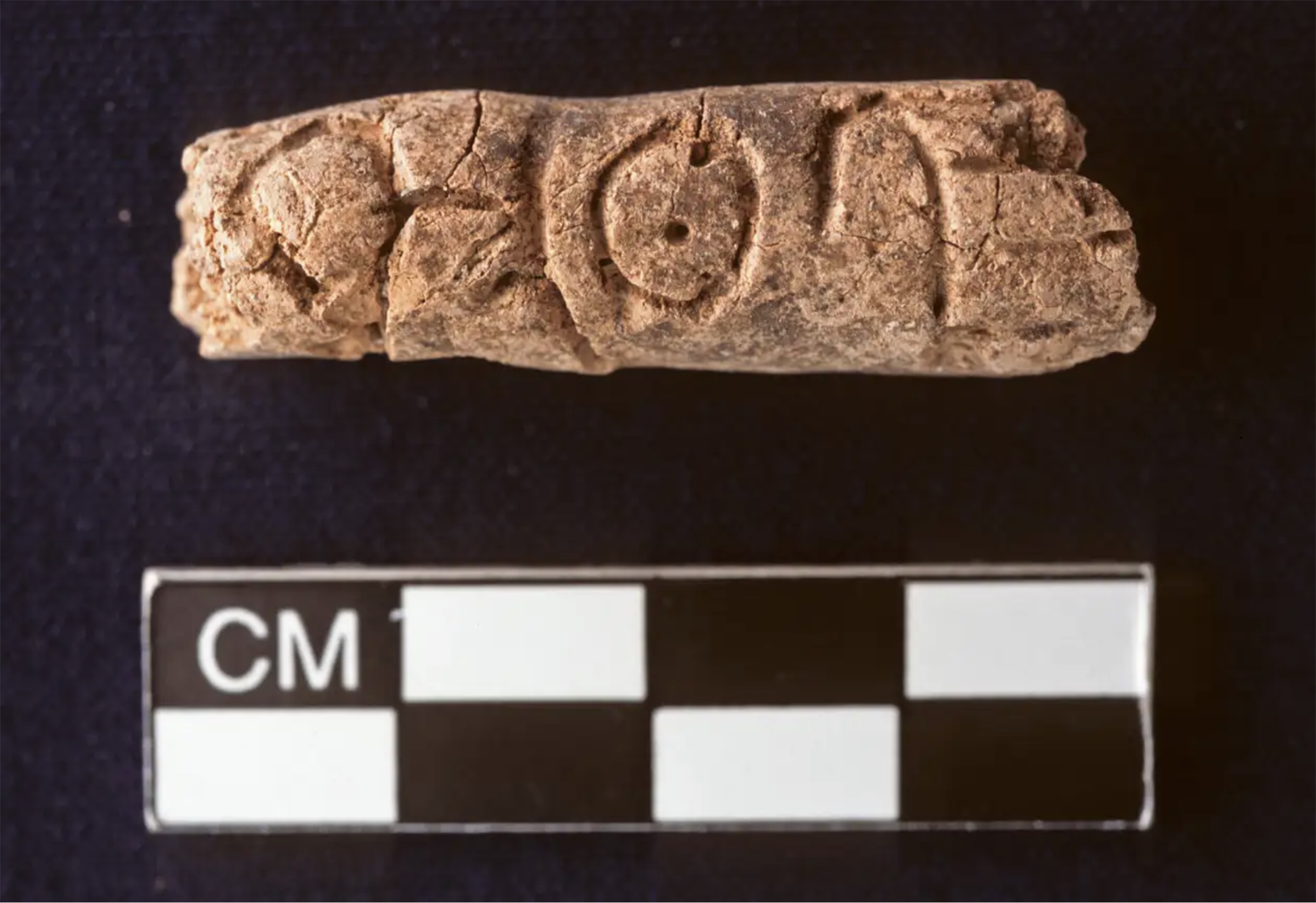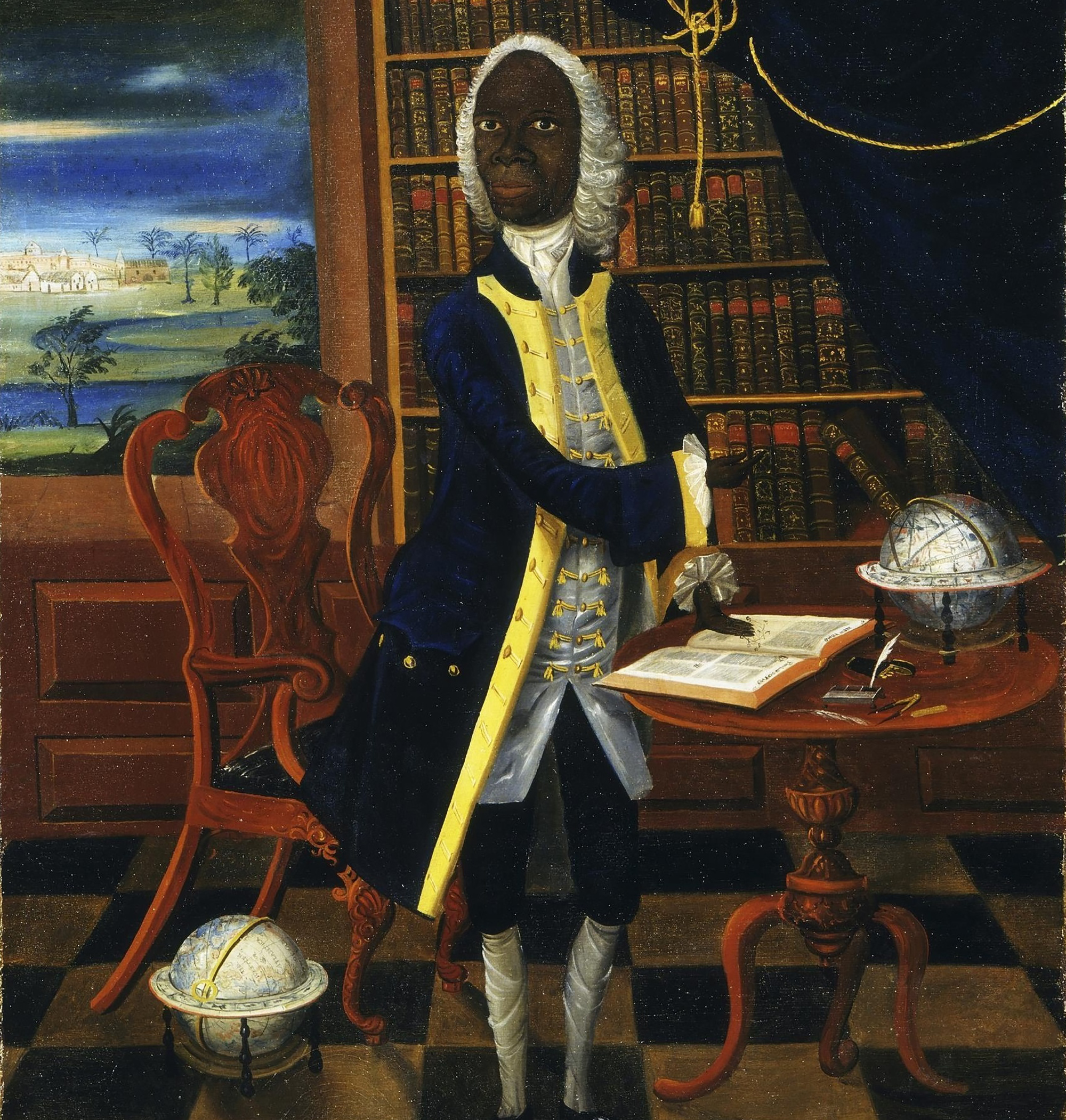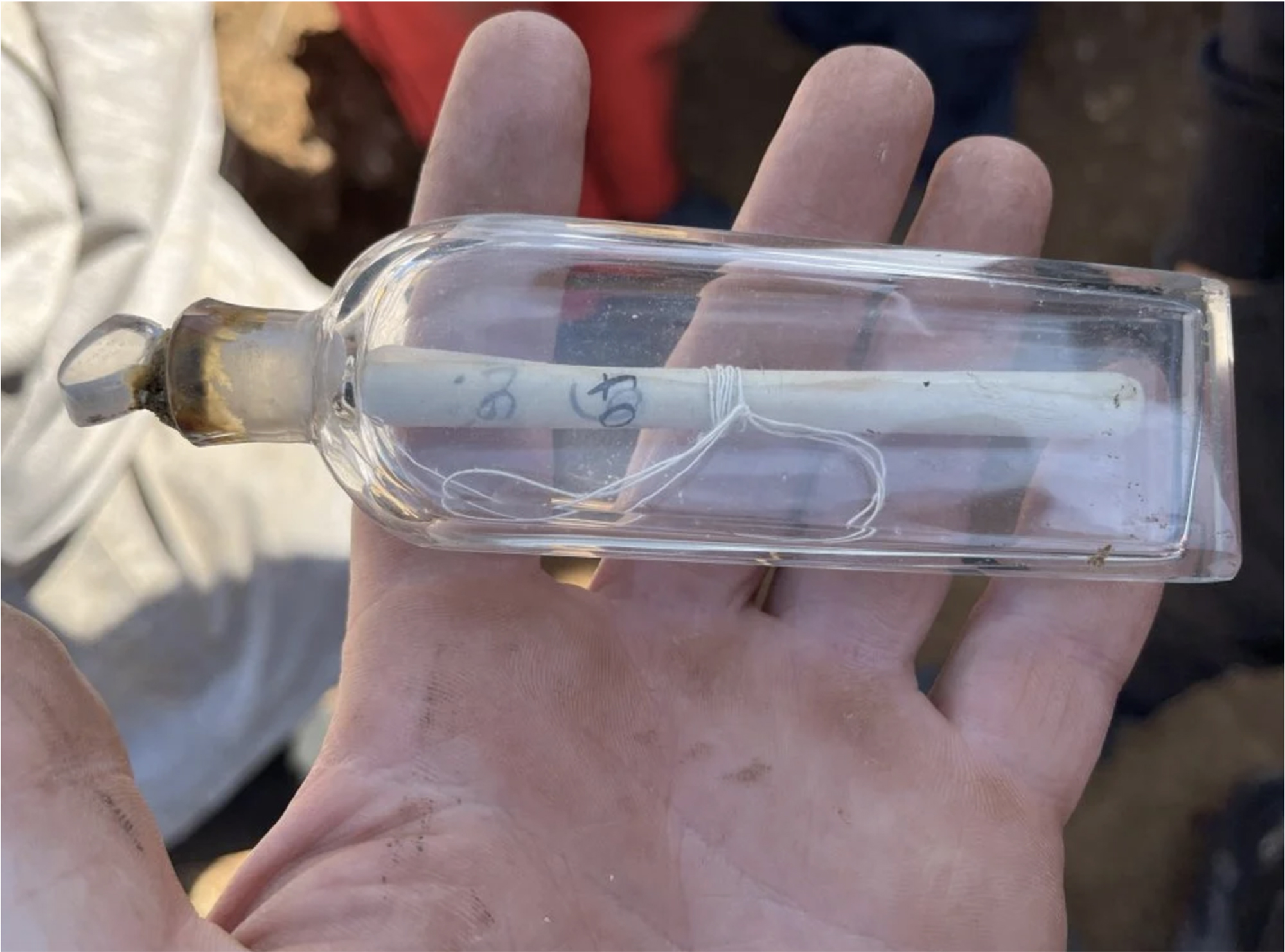No peace for hibakush
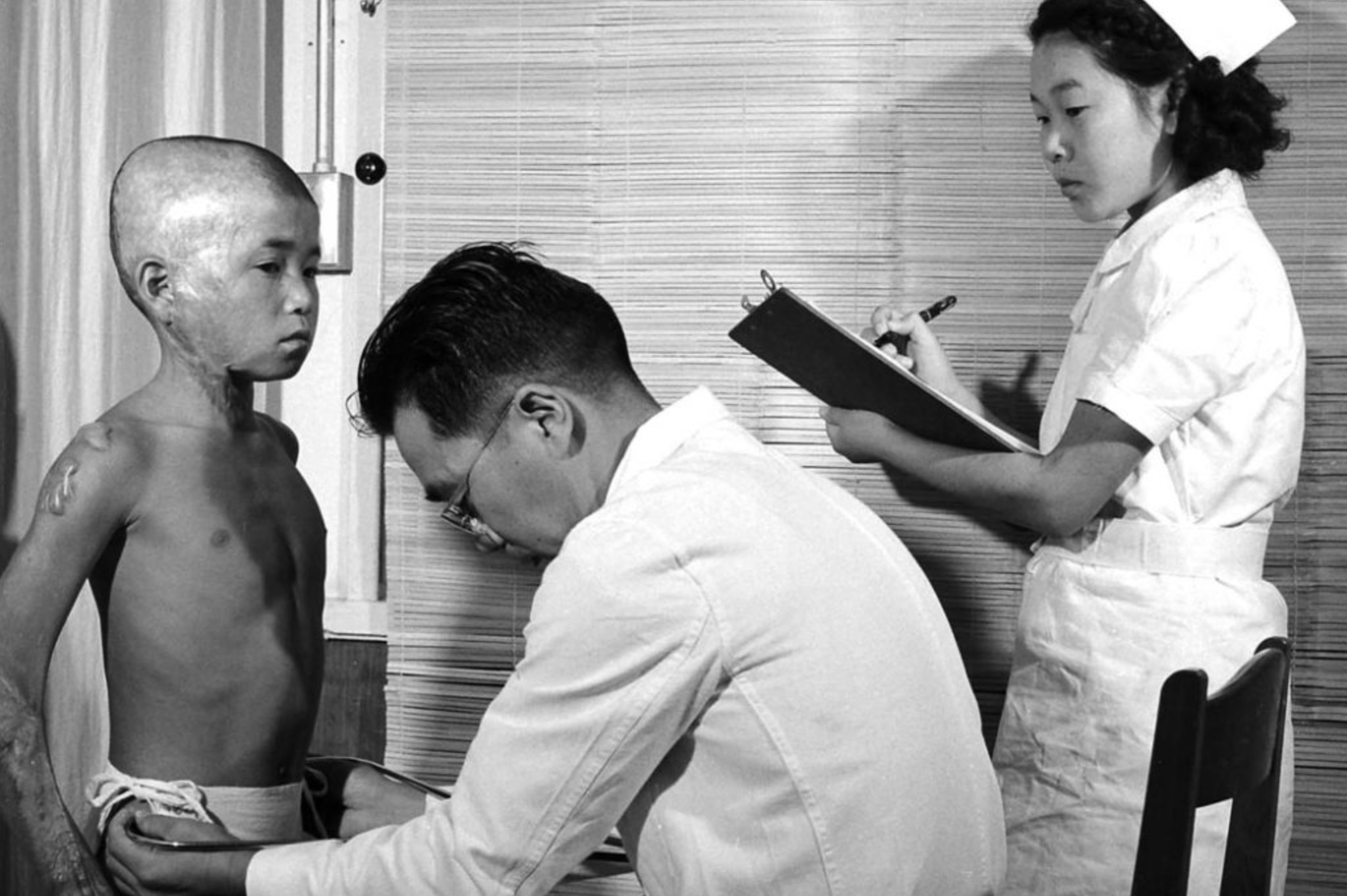
Japan, 6 and 9 August 1945, the United States launched an atomic bomb causing tens of thousands of deaths in Hiroshima and Nagasaki; although there are no precise figures, the most cautious estimates indicate that at least 210,000 people died at the end of that year. But in addition to the dead, there were also many who managed to survive. Today there are about 140,000 left and in Japanese they are called hibakusha, literally “the person affected by the atomic bomb.” They've decided to award them the Nobel Peace Prize 2024.
Those who received a direct impact from the bombs suffered burns and wounds that were permanently marked on the body and face. Radiation caused many of those who initially appeared to be injured to suffer serious symptoms as well. Cancer cases began to reproduce later… And to the physical consequences we have to add psychological influence: some escaped from the two cities and would not return in their entire lives; others cannot walk around rivers or in bridges by the memory of bodies floating in the water; and there are also some who do not consume food because they are reminded of the smell of burned bodies.
Today there are about 140,000 left and in Japanese they are called hibakusha, literally “the person affected by the atomic bomb.” Nobel Peace Prize 2024 will be awarded to the winners
In addition to the traumas and fears, many felt guilty that they had survived and that they had not covered those who asked for help. Keiko Ogura was then an eight-year-old girl. “After the explosion, two very serious people came to me to ask me for water. I gave them water and they both died in front of me. I thought I killed them for a long time.”
As if that were not enough, they were also rejected by society. Yasiari Yamashita was six years old. “People thought we had a contagious disease. They thought they had to rule out us, they couldn’t marry us or be our friends.” As soon as work began, he began to suffer the effects of radiation and, due to the importance of work in Japanese culture, “I was told that I was weak, lazy, that I did not want to work.” For women, the situation was even more complicated, since at that time their main objective was to marry. According to Keiko Ogura: “We couldn’t say we were in the city that day. If we were talking about radiation, we couldn't get married." They had survivor certificates that allowed them access to health care and government aid. But “they told us not to teach us the certificate.”
A few hibakushas started to organize themselves and, over time, they were going to be prominent activists against nuclear weapons. But fear, guilt and marginalization condemned the majority to remain silent for almost 80 years.
In 2017, Indonesia and the Netherlands signed an agreement to return the heritage stolen by the European country because of colonialism for three centuries. The Indonesian responsible for the return process, Gusti Agung Wesaka Puja, explained that this agreement "was important in... [+]
Greece 1975. The country began the year as a republic, three weeks earlier, in the referendum on 8 December 1974, after the citizens decided on the end of the monarchy.
A decade earlier, in 1964, when King Paul I died, his son Constantine took the throne at the age of 23.
But... [+]
Copenhagen, 18 December 1974 At 12 noon a ferry arrived at the port, from where a group of about 100 Santa Claus landed. They brought a gigantic geese with them. The idea was to make a kind of “Trojan Goose” and, upon reaching the city, to pull the white beard costumes... [+]
Tennessee (United States), 1820. The slave Nathan Green is born, known as Nearest Uncle or Nearest Uncle. We do not know exactly when he was born and, in general, we have very little data about him until 1863, when he achieved emancipation. We know that in the late 1850s Dan... [+]
New York, 1960. At a UN meeting, Nigeria’s Foreign Minister and UN ambassador Jaja Wachucu slept. Nigeria had just achieved independence on 1 October. Therefore, Wachuku became the first UN representative in Nigeria and had just taken office.
In contradiction to the... [+]
Researchers at Johns Hopkins University have discovered several cylinders with inscriptions at the present Syrian Reservoir, the Tell Umm-el Marra. Experts believe that the signs written in these pieces of clay can be alphabetical.
In the 15th century a. The cylinders have... [+]
London 1928. At the Victoria and Albert Museum there was a very special painting: in the painting there is a black man, with wig and Levite, surrounded by books and scientific instruments. Thus it was catalogued in the Museum: “Unique satirical portrait representing a failed... [+]
Ethiopia, 24 November 1974. Lucy's skeleton was found in Hadar, one of the oldest traces of human ancestors. The Australian hominid of Australopithecus afarensis is between 3.2 and 3.5 million years old.
So they considered it the ancestor of species, the mother of all of us. In... [+]
A group of archaeologists from the University of Berkeley, California, USA. That is, men didn't launch the lances to hunt mammoths and other great mammals. That was the most widespread hypothesis so far, the technique we've seen in movies, video games ...
But the study, published... [+]
Zamora, late 10th century. On the banks of the Douro River and outside the city walls the church of Santiago de los Caballeros was built. The inside capitals of the church depict varied scenes with sexual content: an orgy, a naked woman holding the penis of a man… in the... [+]
Born 7 November 1924. A group of anarchists broke into Bera this morning to protest against the dictatorship of Primo de Rivera and to begin the revolution in the Spanish state.
Last October, the composition of the Central Board was announced between the displaced from Spain... [+]
A group of interdisciplinary researchers from the Free University of Berlin and the Zuse Institute have developed a complex mathematical model to better understand how Romanization spread in North Africa.
According to a study published in the journal Plos One, the model has... [+]
Washington (EE.UU. ), 1807. The US Constitution banned transatlantic slave trade. This does not mean that slavery has been abolished, but that the main source of the slaves has been interrupted. Thus, slave women became the only way to “produce” new slaves.
So in 1845, in... [+]
While working at a site in the Roman era of Normandy, several archaeology students have recently made a curious discovery: inside a clay pot they found a small glass jar, of which women used to bring perfume in the 19th century.
And inside the jar was a little papelite with a... [+]













